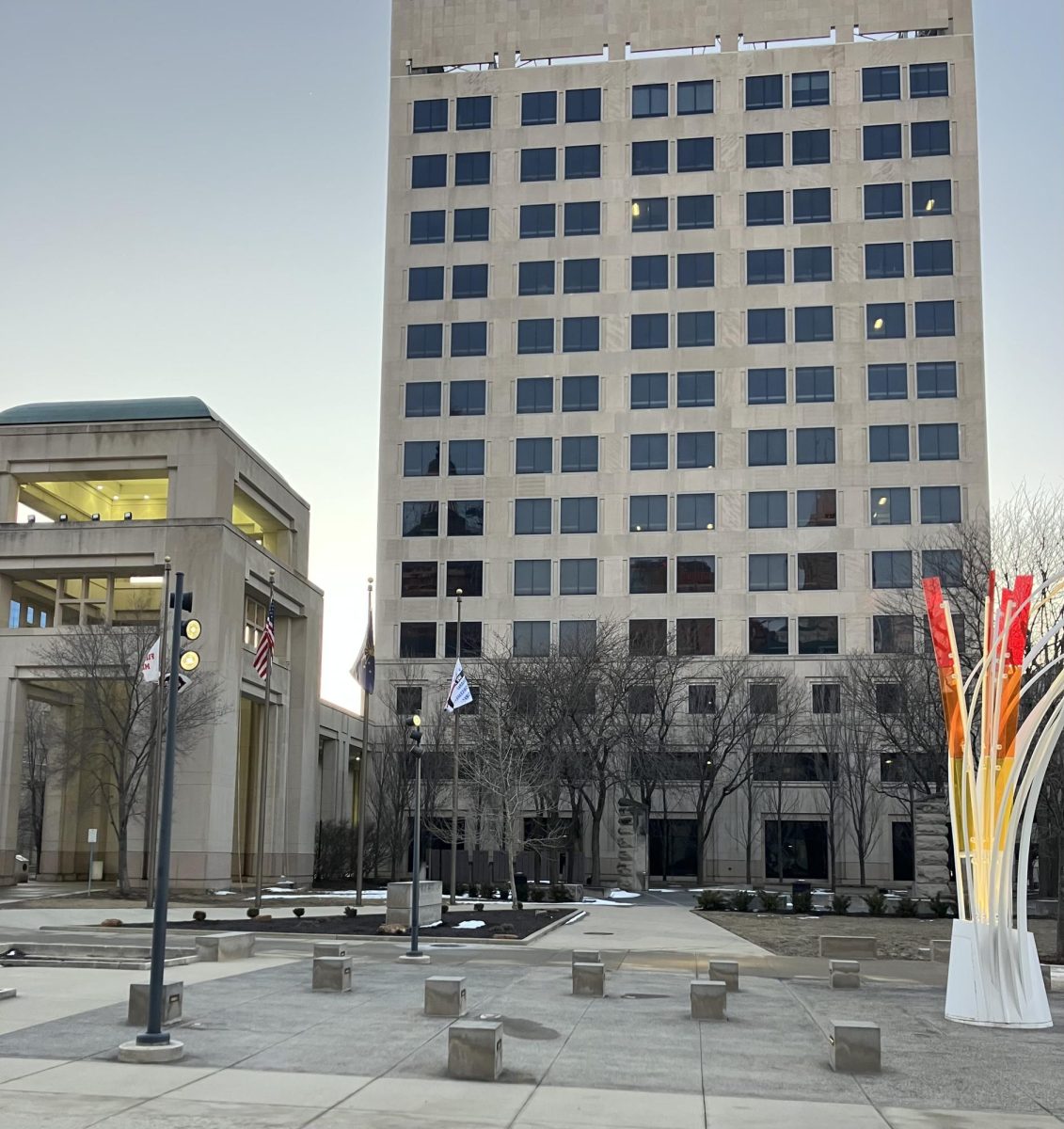Imagine catapulting a rocket into space rather than launching it with fuel. That’s exactly what SpinLaunch, a spaceflight technology development company based in Sunnyvale, California, is trying to do.
How exactly would this work? In an interview with Bloomberg’s Ashlee Vance, SpinLaunch’s founder Jonathan Yaney said he’s looking to work around the limits that physics have placed on the rocket launch industry for decades. SpinLaunch will forego using propellants such as kerosine and liquid oxygen to a ignite a fire under a rocket and try to get a rocket spinning in a circle at up to 5,000 miles per hour. When the rocket is let go, it would theoretically be thrown to the end of space; so it can deliver objects to the International Space Station or release satellites into orbit.
The cargo on an archetypal rocket, SpaceX’s Falcon 9 for example, only comprises about five percent of the rocket’s mass. This is because the fuel and the rocketship body take up the lion’s share of that mass. There have been great strides in improving the efficiency and cost of taking cargo to the International Space Station on resupplying missions; for example, SpaceX has cut the cost of reaching the International Space Station by 90% ($1 billion to $60 million per mission) since replacing the Space Shuttle. Nonetheless, there are still strides to be made, but the SpinLaunch company can make those strides.
With less mass devoted to fuel, a SpinLaunch rocket could move more cargo to the International Space Station. These efficient supply missions will lead to more studies that will guide us to the colonization of Mars and a better understanding of the cosmos and the laws of physics that exist and don’t exist. For example, NASA recently announced it has created a freezing cold lab on the International Space Station to study quantum physics. The lab is called a Cold Atom Lab, and it’s the coldest spot in the universe. Due to the microgravity of the space station, scientists can observe things otherwise undetectable on Earth such as the workings of Bose-Einstein condensates and ultra-cold quantum gases.
SpinLaunch has people talking, and, most recently, investing. According to Yaney, the company has secured $40 million from some top technology investors. Along with SpinLaunch, they will be investing in the future of spaceflight technology.




